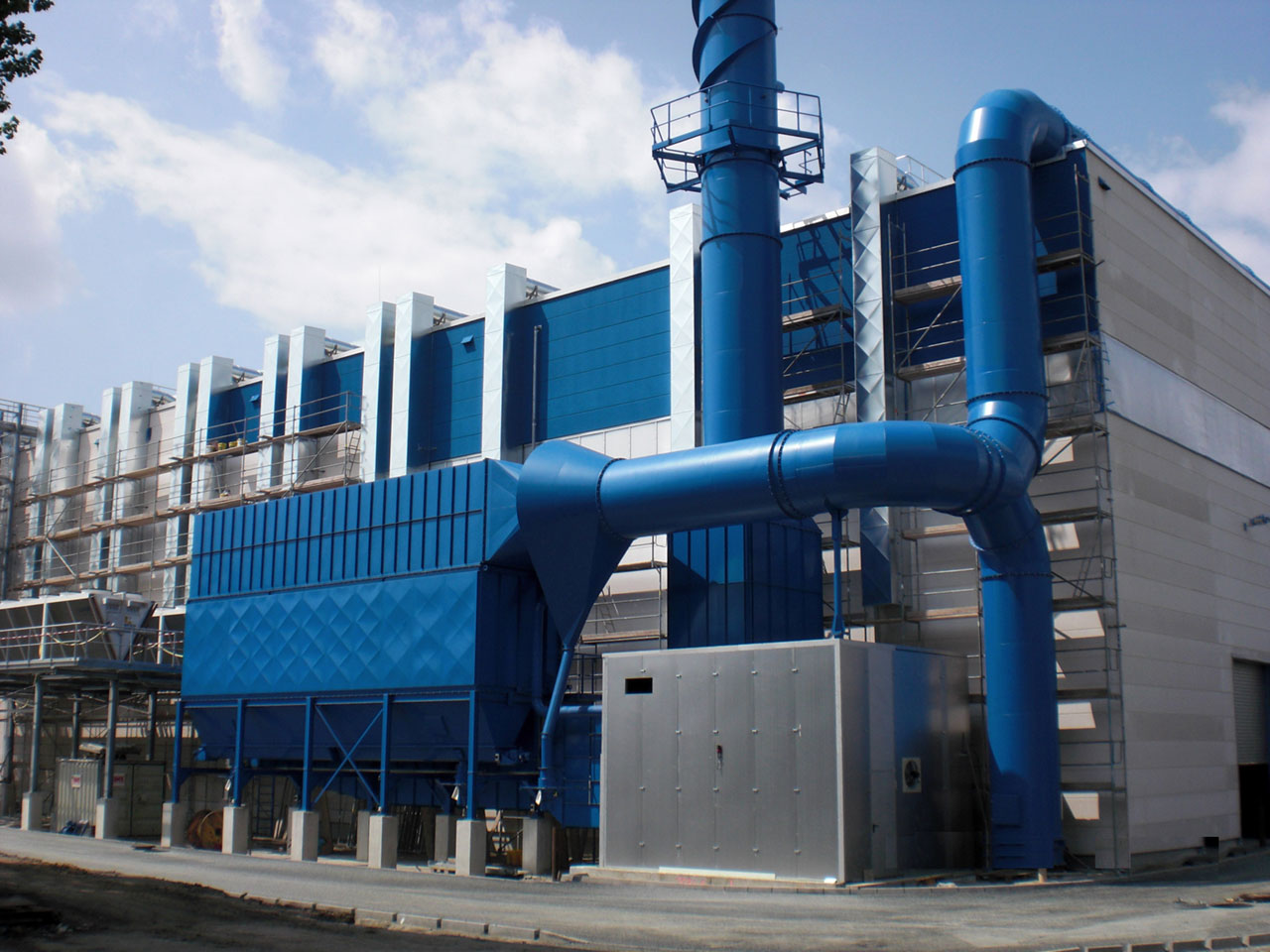Green Steel-Greener Filtration
How environmental control systems work to meet climate goals
Steel shares many of the attributes of Aluminum because of its innate recyclability, yet in its raw form steel production is a huge generator of greenhouse gases, accounting for over 6% of the world’s annual carbon dioxide pollution. Crude steel production has been rising at an annual average of over 3.5% to 2019. Given the global health crisis of 2020-21, that figure slipped back in 2020 by about 1%. As the world gains a grip on economic recovery, there are signs that output will return quickly to pre-COVID levels.
The greening of steel production seems to focus on the energy to produce a tonne of steel. For a location in the USA, this broadly equates to $58 per tonne for natural gas or coal power used in the “reduction” phase from pig iron to carbon steel. Although Electric Arc Furnaces (EAF) offer the promise of lower emissions, their energy still comes from fossil fuels for now, while the major reductions in pollutants will only come once renewable energy sources begin to power the furnaces. Further, the promise of hydrogen power is still being developed, as the “color spectrum” of hydrogen shows. Fossil fuels again limit the green-ness of hydrogen fuel.
So, is the outlook bleak or just murky as cost-effective fuel sources continue to develop? Certainly, there is a case for both increased industry commitment to a greener future and for incremental change. The three largest steel companies have made public commitments to carbon neutrality by 2050, as well as to 30% reduction in greenhouse gases by 2030. In terms of materials, a clear commitment to use recycled steel products should give similar results to the ground gained in Aluminum, where over 75% of all the metal produced is still in use. A good approach in keeping up incremental pressure to reduce the carbon footprint in steel-making is to address the type of equipment selected and an efficient life cycle for that equipment.
Where does the air pollution control equipment contribute to the solid yet incremental greening of steel? The industry certainly has options that fit the application while reaching the environmental goals. With fabric filter baghouses, the latest designs offer potentially more than 15% reductions in steel used in the construction, depending on physical dimensions and assembly. Next, the physical form of the baghouse might focus on minimizing footprint while maximizing filter media area. One good example of these designs is “long bag” technology, where the cleaning system is organized around very long, circular cross section bags.
The “long bag” technology, coupled with a revised cleaning system is also able to offer improvements in the life of wear items, as well as reductions in the energy to produce compressed air. This is because the impulse of cleaning air is less aggressive on the fabric and more distributed across the geometry of the bag. Reductions of 15% or more in compressed air for filter cleaning is not uncommon, with potential for more than 50% as bag lengths increase. In fact, compressed air is a major target for the reduction of operating expenses in baghouses and therefore their carbon impact. Industry studies have shown that because of under-maintained and leaking compressed air systems, the air delivered to the point of use might be only 10% of the air generated. So, a ten times savings multiplier if baghouse cleaning systems are correctly designed, operated, monitored and maintained. Baghouse design should focus on drastically reduced compressed air use or elimination of the compressed air cleaning subsystems entirely.
With lower pressure “reverse-air cleaned” filtration systems, solutions can be delivered that use an automated cleaning carriage with a small integral blower. The result is the elimination of compressed air, the energy to generate it and the maintenance of those systems. An added benefit for these filters is a typical reduction of physical footprint by 20% alongside the previously mentioned 15% reduction in metal used in construction. Every filtration subsystem has its best-case application. Some of the parameters of concern are the inlet temperature of gasses, the overall flow rate and the potential for dangerous gas compound emissions. In a green steel environment, air pollution control using wet scrubbers has not been preferred because, while effective, the scrubber uses more energy than a fabric filter and produces waste water products.
Nobody can ignore the drive toward Industry 4.0 and beyond. If the rapid proliferation of sensors and data across all our tools and sub-systems was not already obvious, it is clear that in the global economy the winners will know how to use the data to best effect. Industrial companies should expect effective and meaningful data from their air pollution control equipment. What is a seemingly low-tech filter device can give steel manufacturers decreased energy use, longer equipment life and reduced worker fatigue if a limited array of sensors can be monitored continuously. Some examples of enhanced subsystems are intelligent filter control and cleaning systems that identify and highlight failure points. Continuous monitoring systems then use trend information to predict failure modes and accurately direct maintenance tasks.
In conclusion, there is promise in new energy sources and new processes for steel production. While the air pollution control equipment is less energy intensive than the core steel-making processes, there is still scope for improvement. Among the opportunities for a greener today are lower steel content baghouses, better selection of media and overall design, as well as drastically improved information generation and guidance about filtration performance.
- Alan Traylor, VP Global IoT and Marketing
Contact us to create your custom solution
Call us at: 704-859-2723 or fill out the form below.
